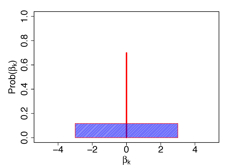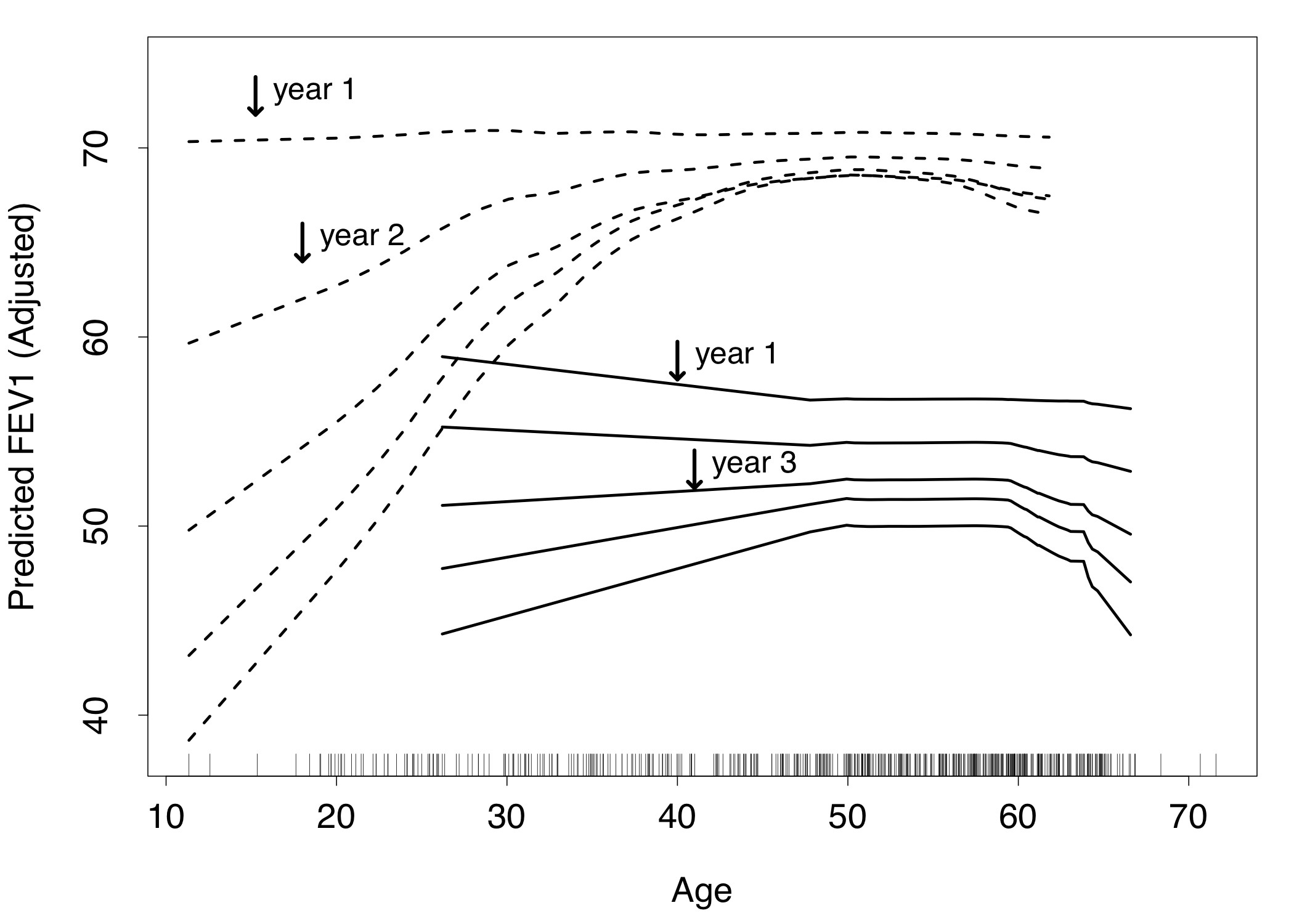Hemant Ishwaran

Professor, Graduate Program Director, Director of Statistical Methodology, Division of Biostatistics, University of Miami |
My New Book (in press, available 2025)
Multivariate Statistics: Classical Foundations and Modern Machine Learning. Chapman and Hall (CRC).
Research Interests
Machine Learning | Random Forests and Trees | Boosting | Survival | Cancer Staging | Causal Inference | Missing data | Nonparametric Bayes | Variable Selection
About Me
For the last 15 years I have studied and applied machine learning methods to public health, medical and informatics settings, especially to CVD, heart transplantation, cancer staging and gene cancer therapy resistance and developed open source software used by data analysts all across the world, including the random survival forest method I pioneered. An example of a real world application of my work is my role as an Expert Panel Member for the AJCC (American Joint Committee on Cancer) where I developed a machine learning data driven procedure for cancer staging. This method is now used by AJCC and is published in the AJCC Cancer Staging Manuals.
Education
Harvard University, Postdoctoral Fellow, 1995
Yale University, PhD Statistics, 1993
Oxford University, MSc Applied Statistics, 1988
U of Toronto, BSc Mathematical Statistics, 1987
Google Scholar Profile
Complete List of Papers
Selected Papers
Lu, M. and Ishwaran, H., (2024). Model-independent variable selection via the rule-based variable priority.arXiv e-prints, pp.arXiv-2409. [pdf]
Lee D.K., Chen N. and Ishwaran H. (2021). Boosted nonparametric hazards with time-dependent covariates. Ann. Statist, 49(4), 2101-2128. [pdf]
O'Brien R. and Ishwaran H. (2019). A random forests quantile classifier for class imbalanced data. Pattern Recognit., 90, 232-249. [pdf] [html]
Tang F. and Ishwaran H. (2017). Random forest missing data algorithms. Stat. Anal. Data Mining, 10, 363–377. [pdf] arXiv:1701.05305
Ishwaran H., Kogalur U.B., Gorodeski E.Z., Minn A.J. and Lauer M.S. (2010). High-dimensional variable selection for survival data. J. Amer. Stat. Assoc, 105, 205-217. [pdf]
Ishwaran H., Blackstone E.H., Hansen. C.A. and Rice T.W. (2009). A novel approach to cancer staging: application to esophageal cancer. Biostatistics, 10, 603-620. [pdf]
Ishwaran H., Kogalur U.B., Blackstone E.H. and Lauer M.S. (2008). Random survival forests. Ann. Appl. Statist., 2, 841-860. [pdf]
Ishwaran H. and James L.F. (2001). Gibbs sampling methods for stick-breaking priors. J. Amer. Stat. Assoc. 96, 161-173. [pdf]



